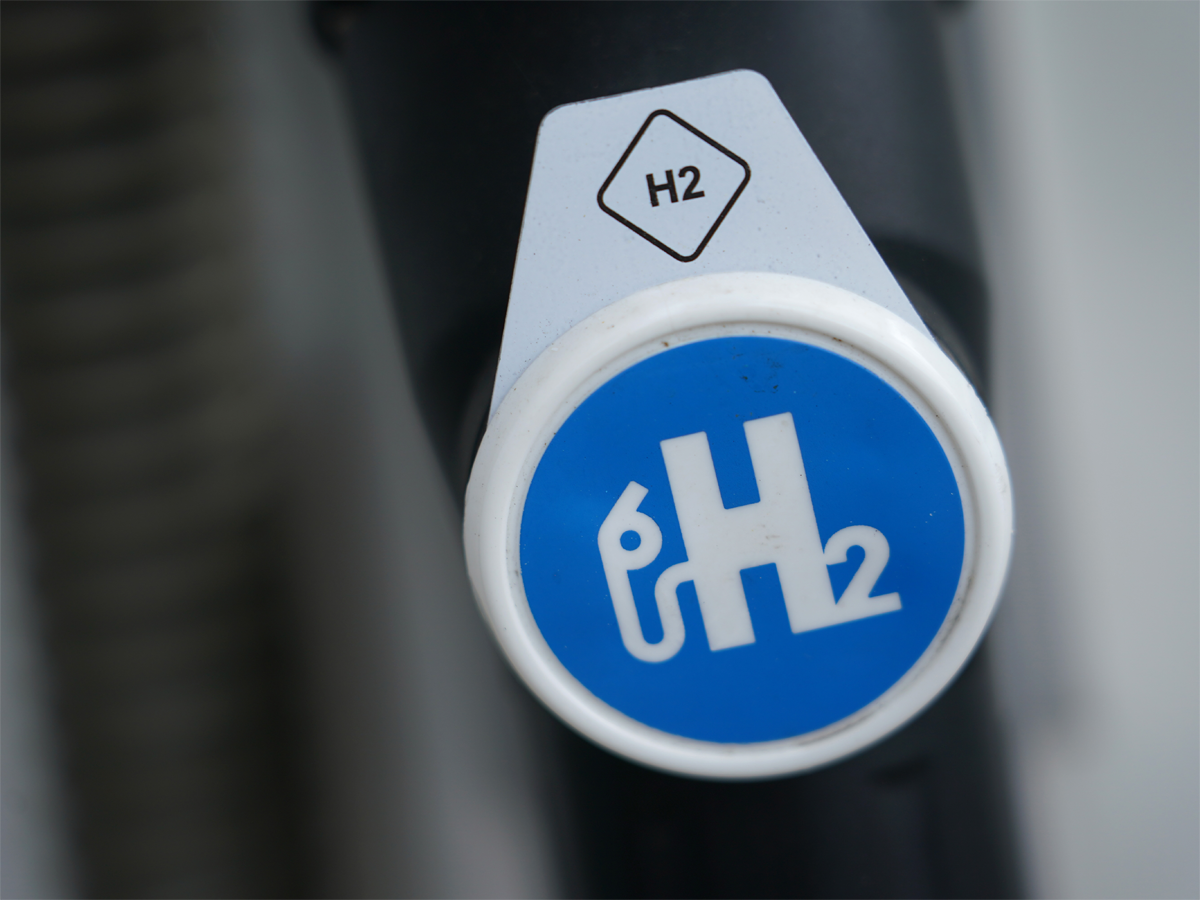 Thermal conversion of fossil fuels is the most widespread and lowest-cost method of hydrogen (H2)
Thermal conversion of fossil fuels is the most widespread and lowest-cost method of hydrogen (H2)production today. A combination of thermal conversion and carbon capture is commercially ready and can offset some of the emissions from the process, but a new report from the U.S. Department of Energy (DOE) says it still isn’t cheap enough to reach its goal of clean hydrogen costs of $1 per kilogram by 2031.
The DOE announced these findings in the first of three assessments of clean-hydrogen production pathways for the Department’s Hydrogen Shot, unveiled in June 2021. It is the first goal of the Energy Earthshots Initiative, a set of eight separate moonshots to accelerate breakthroughs of more abundant, affordable, and reliable clean energy solutions within the decade. The Hydrogen Shot seeks to reduce the cost of clean hydrogen by 80% to the aforementioned goal of $1 per kilogram by 2031.
The Hydrogen Shot Technology Assessment: Thermal Conversion Approaches report, led by experts at DOE’s National Energy Technology Laboratory, Office of Fossil Energy and Carbon Management, and in coordination with the Hydrogen and Fuel Cell Technologies Office, presents a snapshot of various thermal conversion pathways for clean hydrogen production, including technology status and envisioned approaches for achieving the Hydrogen Shot goals through research, development, and deployment (RD&D) advances.
The report focuses on producing clean hydrogen through thermal conversion of fossil and/or waste feedstocks, with carbon capture and sequestration, that could meet the Hydrogen Shot goal. Thermal conversion is a process that uses heat as the energy source to drive chemical reactions that convert carbon-based feedstocks into other fuels and chemical energy carriers.
Thermal conversion, and other processes like it, emits around 10 kg of CO2 equivalents per kg of H2 produced on a life cycle basis, the DOE said, prompting the use of carbon capture technology. Carbon capture has been demonstrated on reforming pathways and the combination of the two is commercially ready, DOE said, but “most thermal conversion pathways with a thorough carbon management strategy will need to achieve costs lower than what has been currently modeled.”
The report found that based on screening-level analyses, hydrogen costs could be reduced through technological advancement to between $1.30 and $1.40 per kilogram depending on the pathway. Therefore, beyond RD&D improvements, the report also explored the following factors for cost reduction: plant scale, market scenarios, plant site location, optimization of carbon dioxide (CO2) transport and storage, byproduct sales, CO2 valuation, process intensification, and integration with other energy systems.
The DOE says achieving the Hydrogen Shot’s 80% cost reduction goal can unlock new markets for hydrogen, including steel manufacturing, clean ammonia, energy storage, and heavy-duty trucks, creating jobs, reducing greenhouse gas emissions, and helping America to compete in the clean energy market on a global scale.
In October, the DOE named seven regional clean hydrogen hubs to receive $7 billion in federal funding, a long-awaited announcement for an initiative aimed at accelerating the commercial-scale deployment of clean hydrogen and driving down its cost.
Funded by the Infrastructure Investment and Jobs Act (IIJA), the seven H2Hubs are located around the U.S. and aim to jumpstart a national network of clean hydrogen producers, consumers, and connective infrastructure. Each hub will include clean hydrogen production, storage, delivery, and end-use components.